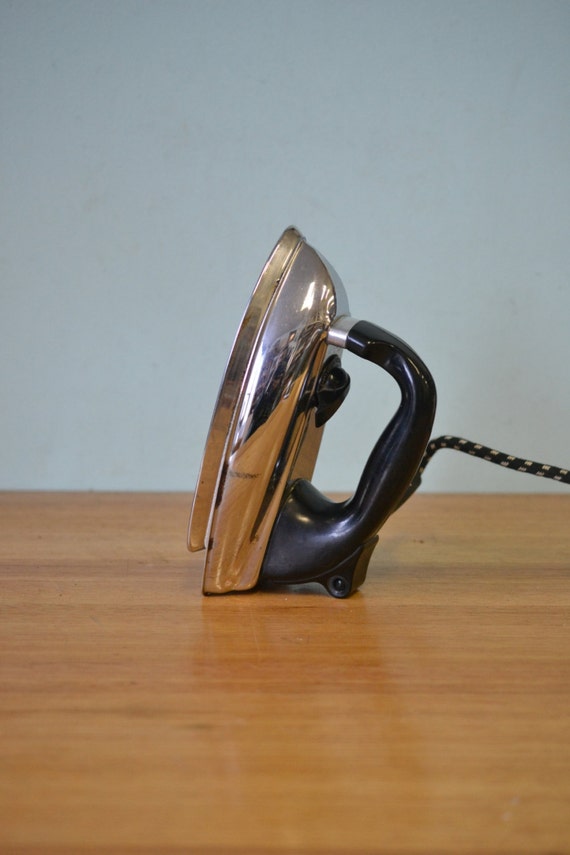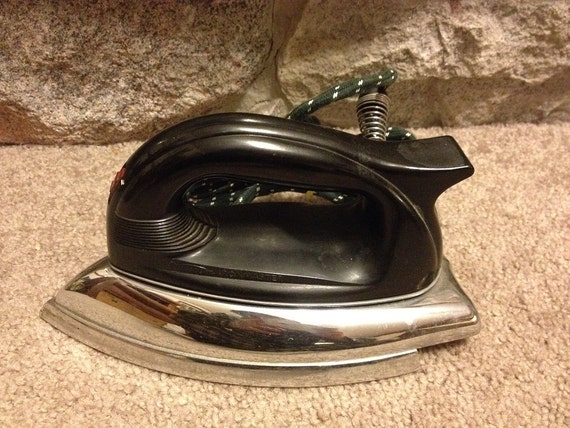Joe50's
Familiar Face
- Messages
- 79
so far ive been putting my iron board and cosco stool near the stove and setting it to rest on one of the burners when im done. the entire unit gets warm so i tend to iron a shirt and trousers and unplug it to let it cool down before i use it again . i was just wondering how to properly use one of these irons as ive always just used it till it got warm than unplugged it and set it to rest
Last edited:





